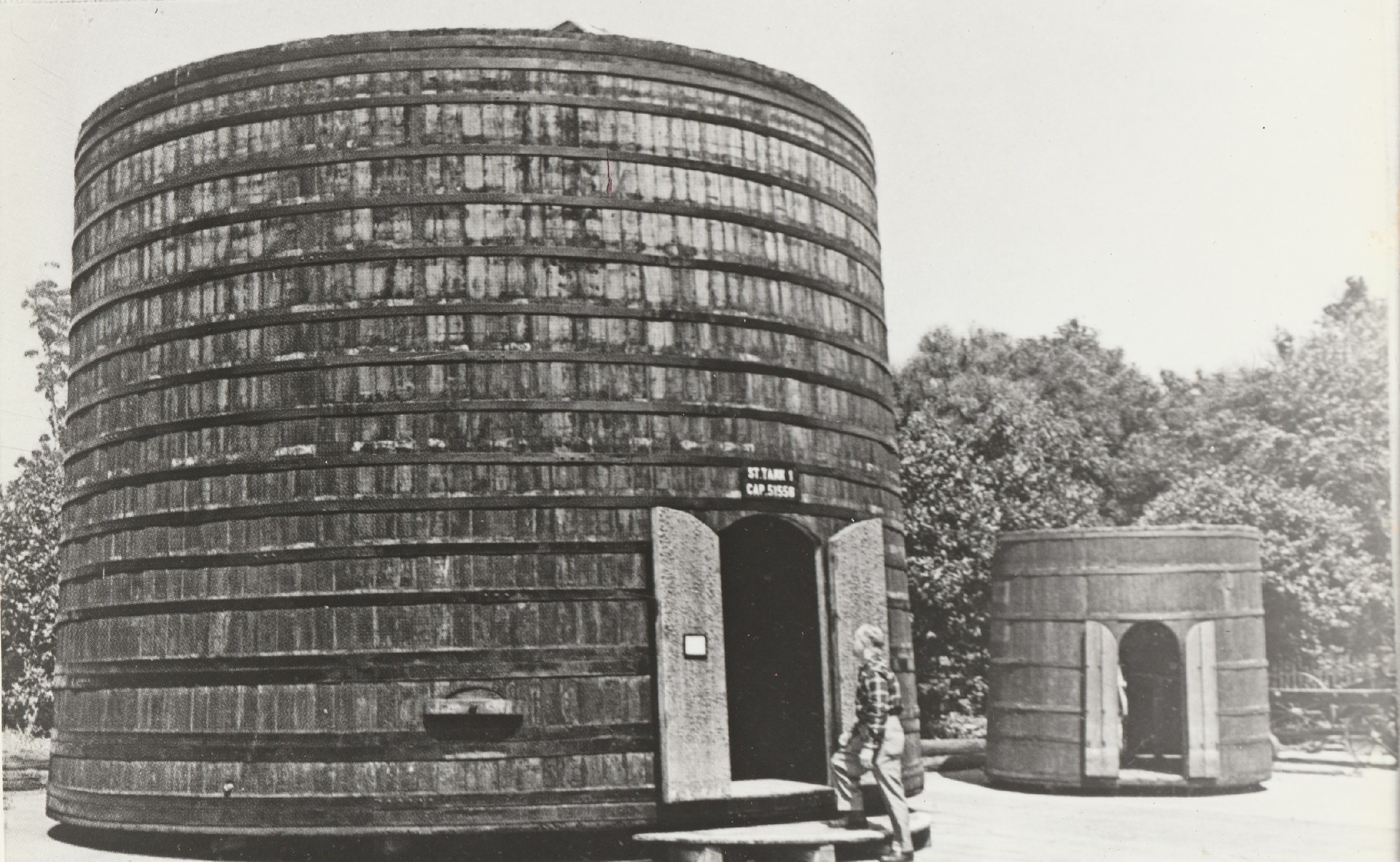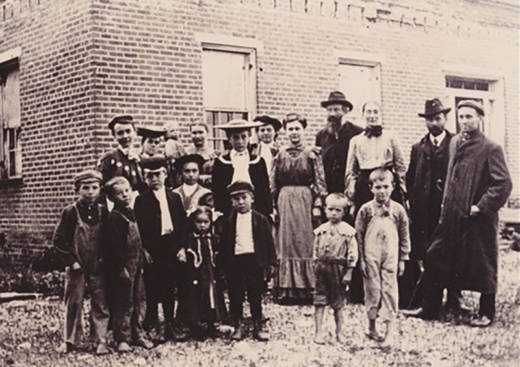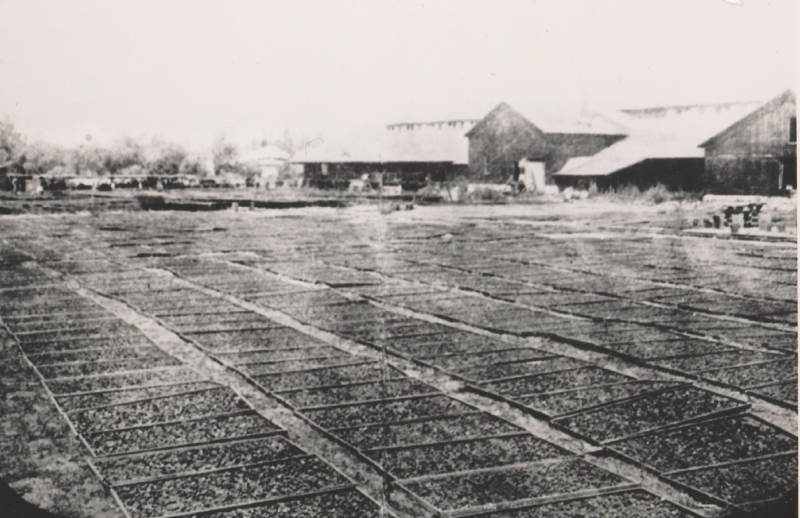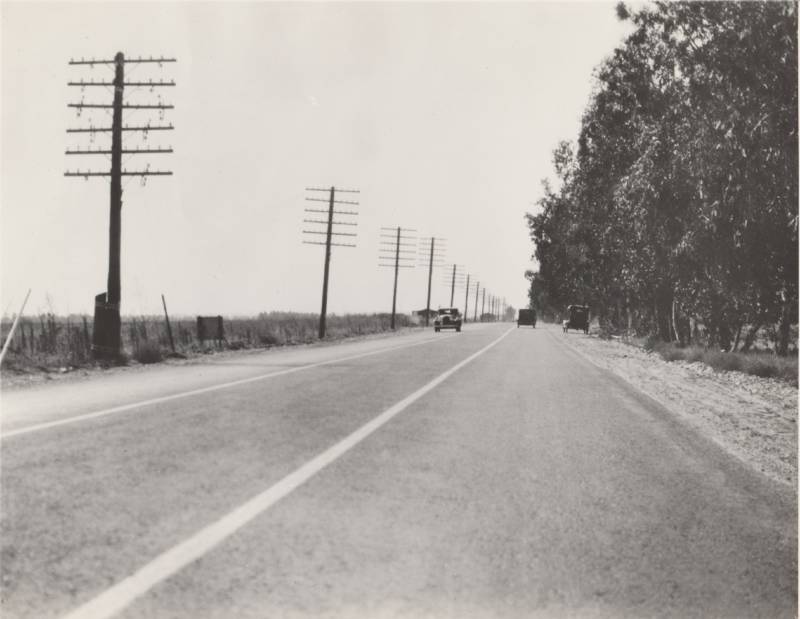A lot of us Californians like to hit the open road, explore miles of highway and venture off onto some back roads. Sometimes, we come across towns with some pretty bizarre and surprising names. For this installment in our series “A Place Called What?!” we head to Rancho Cucamonga in San Bernardino County. Know an unusual place name in California? Tell us about it in the comments below, or send a note to calreport@kqed.org.
Many Californians may know Rancho Cucamonga because of its rather exotic-sounding name. But this suburban city nestled in the foothills of the San Gabriel Mountains is also known for its robust wine industry.
In fact the city is home to California's oldest commercial wine facility -- the Thomas Winery -- which dates back as far as 1839.

And to accompany that wine, the city has birthed an unusual snack food -- addictive to some, repulsive to others.
Richard Montañez worked as a janitor in Frito-Lay's factory in Rancho Cucamonga. One day, he had an idea to take some plain Cheetos and coat them with chili. He pitched it to company executives, and they loved it. And just like that, Flamin' Hot Cheetos came into existence -- and then became Frito-Lay's top-selling product.



